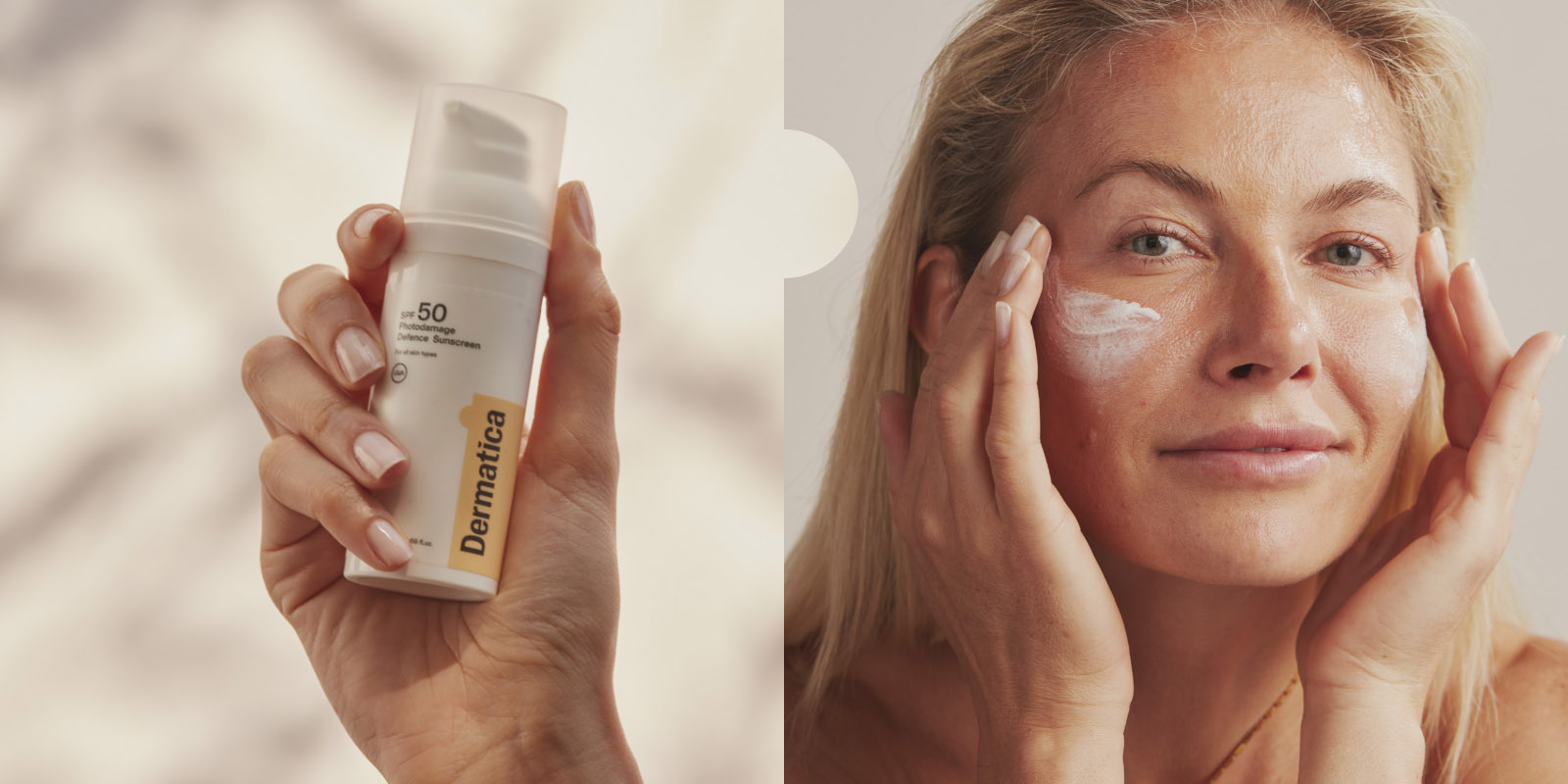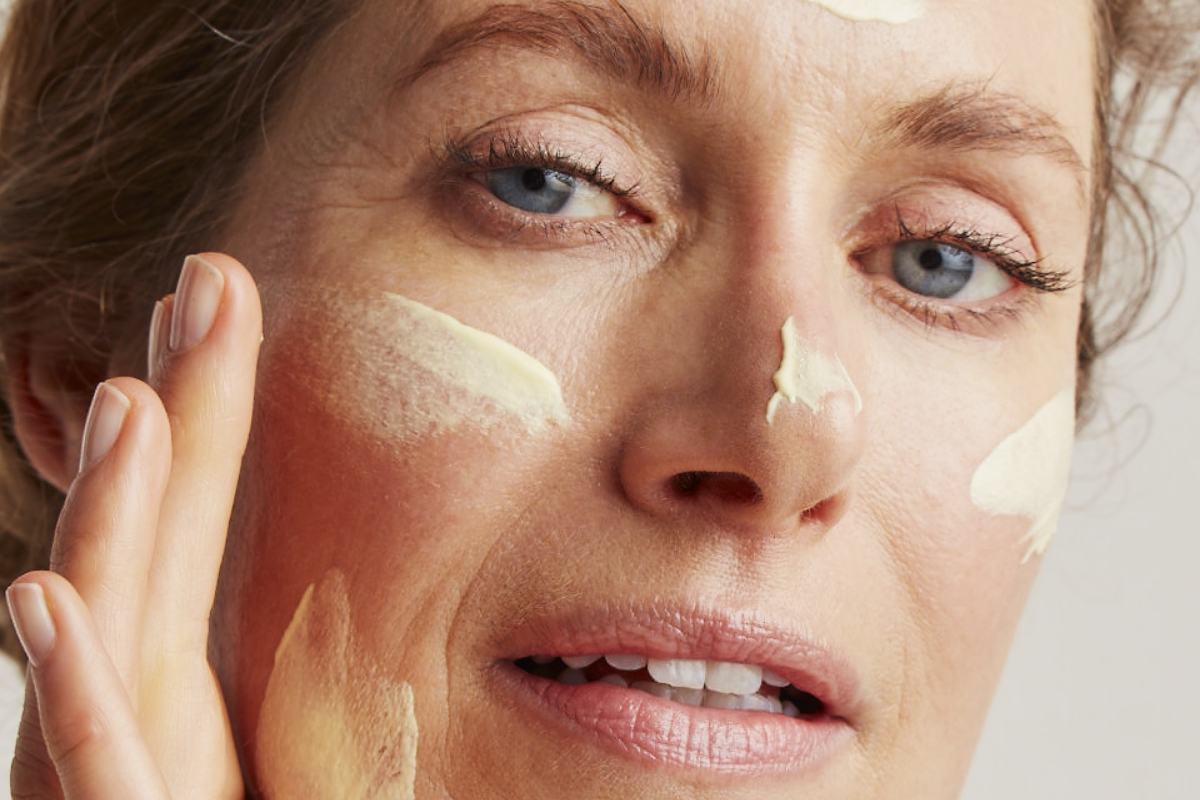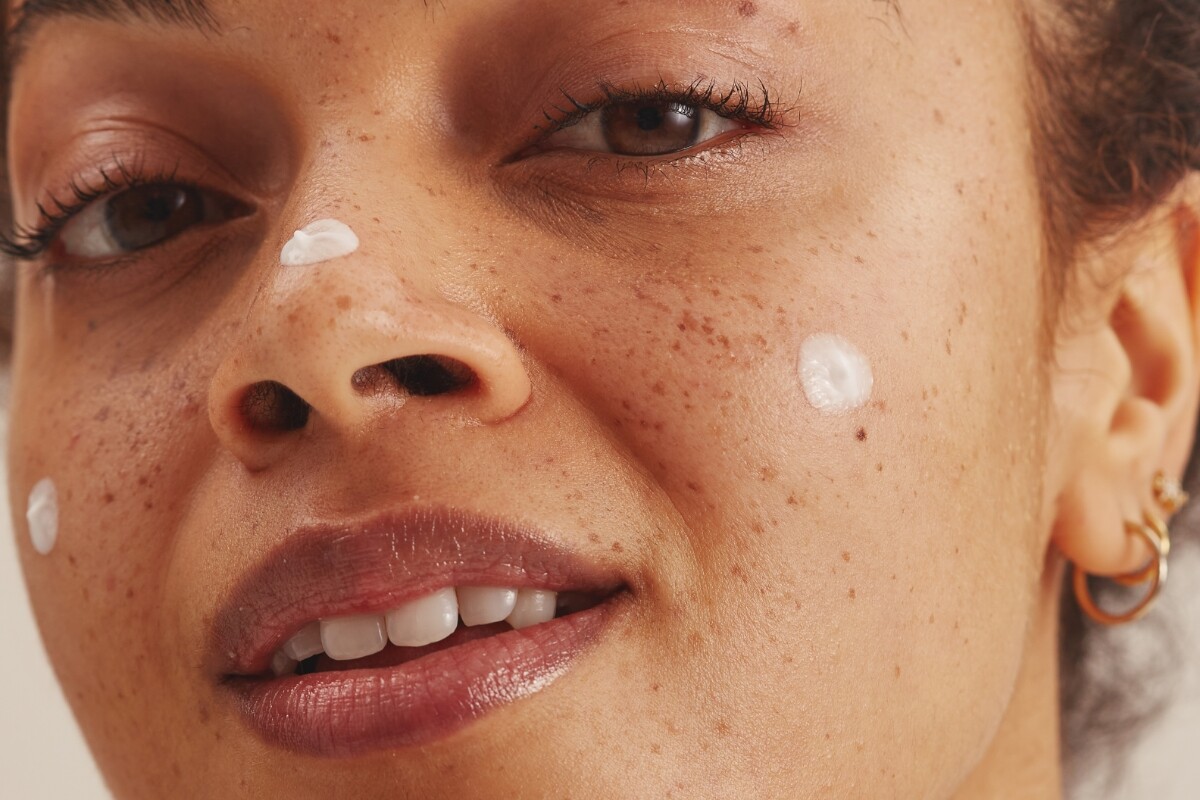It’s Summer Sun Safety Month, so it’s important to wear sunscreen all day, every day.
Because as many of us know, as great as warm days are, sun exposure is one of the leading causes of skin ageing and photodamage (skin damage caused by light). What’s more, skin cancers caused by sun exposure are now one of the most common yet preventable cancers in both the UK and the US (1, 2). So when it comes to protecting your skin from UVA and UVB rays, it’s important to know you’re doing it correctly.
Want to make sure you’re protecting your skin from the sun’s harmful rays? And how often to reapply? Then read on for our experts’ top 6 tips to protect your skin in the sun.
Apply a sunscreen with at least SPF30+
Wearing a broad spectrum sunscreen with at least SPF30 is essential to protect your skin from harmful UVA and UVB rays. Make sure the label says broad spectrum too, as this indicates it will protect against both UVA and UVB rays. If you have melasma or hyperpigmentation, our experts recommend upping this to SPF50 as UV radiation is a key trigger for both.
Remember, you can (and should) still use your personalised formula when you’re in the sun. Just make sure you wear a broad spectrum sunscreen like Dermatica’s SPF 50 Photoageing Defence Sunscreen to ensure your skin is protected.
Read how to get the most from your sunscreen.
Stay in the shade during peak sun hours (11am-3pm) whenever possible.
It may be tempting to sunbathe while you’re on holiday, but the sun’s rays are at their strongest in the middle of the day, which is between 11am and 3pm from March to October. The high levels of UV can increase your risk of sunburn, skin damage, premature ageing and skin cancer. When you’re out, keep applying broad spectrum sunscreen and wear protective clothing like wide brimmed hats, long sleeves and UV visors.
Add an antioxidant
Ascorbic acid is one of the industry’s most well-researched cosmetic ingredients. As well as being an antioxidant and protectant against free radicals and pollution, it can also help provide UV protection. It works well with your sunscreen too, making it a helpful addition to your sun safety toolkit.
Reapply sunscreen at least every two hours and after swimming, sweating or during peak hours.
Sunscreen wears off, especially if you’re sweating, swimming or drying your skin with a towel. Depending on what time you’re out, the sun might also become more intense as the day goes on, especially in the middle of the day. By reapplying every couple of hours or after you have been sweating or swimming, you’ll ensure your skin is protected throughout the day. You might also catch areas that were missed the first time you applied your sunscreen.
Avoid tanning beds
Tanning beds emit a lot of UV radiation, and can be even more intense than natural sunlight at times – so will still put you at risk of sunburn, skin damage and photoaging. These beds also increase your risk of both melanoma and non-melanoma skin cancers and as such, should be avoided.
Don’t forget your sunscreen, even when it’s cloudy
Although clouds may block some sunlight, they don’t completely filter out UV rays – they can still reach your skin and lead to skin damage. That’s why we advise, even on overcast or rainy days, to always protect your skin with a broad spectrum sunscreen.
Remember, there is no safe way to tan. A base tan cannot protect you from the effects of the sun. When your skin is exposed to the sun’s rays, or tanning beds, the DNA in your cells can be damaged – which can increase your risk of skin cancer as well as other harm.
Sunburn is also an inflammatory response to UV exposure, and a clear sign that your skin has been damaged by the sun. Sunburn isn’t just associated with a higher risk of cancer, it also accelerates your skin’s ageing process – leading to wrinkles, age spots, pigmentation and loss of elasticity.
Is your skin showing signs of sun damage, such as wrinkles, age spots or melasma? Dermatica has personalised formulas that can help. Start a consultation today and our team of dermatology experts will carefully assess your skin’s condition and the extent of sun damage, to create a tailored treatment plan exclusively for you.
References:
1. Melanoma skin cancer statistics [Internet]. Cancer Research UK. 2015. Available from: https://www.cancerresearchuk.org/health-professional/cancer-statistics/statistics-by-cancer-type/melanoma-skin-cancer#:~:text=1%20in%2036%20UK%20males2. How To Treat Acne When You’re Pregnant https://www.dermatica.co.uk/skinlab/how-to-treat-acne-when-youre-pregnant/
2. Skin Cancer Facts & Statistics [Internet]. The Skin Cancer Foundation. Available from: https://www.skincancer.org/skin-cancer-information/skin-cancer-facts/#:~:text=Basal%20cell%20carcinoma%20(BCC)%20is
3. Venosa A. Breaking Down Broad-Spectrum Protection [Internet]. The Skin Cancer Foundation. 2018. Available from: https://www.skincancer.org/blog/broad-spectrum-protection-sunscreen/
4. Sunscreen and sun safety [Internet]. nhs.uk. 2022 [cited 2023 Jul 6]. Available from: https://www.nhs.uk/live-well/seasonal-health/sunscreen-and-sun-safety/#:~:text=Sun%20safety%20tips
5. What to wear to protect your skin from the sun [Internet]. www.aad.org. Available from: https://www.aad.org/public/everyday-care/sun-protection/shade-clothing-sunscreen/what-to-wear-protect-skin-from-sun
6. Are sunbeds safe? [Internet]. nhs.uk. 2018. Available from: https://www.nhs.uk/common-health-questions/lifestyle/are-sunbeds-safe/#:~:text=Sunbeds%20give%20out%20ultraviolet%20
7. Garone M, Howard J, Fabrikant J. A review of common tanning methods. The Journal of clinical and aesthetic dermatology [Internet]. 2015;8(2):43–7. Available from: https://www.ncbi.nlm.nih.gov/pmc/articles/PMC4345932/
8. Wu S, Cho E, Li WQ, Weinstock MA, Han J, Qureshi AA. History of Severe Sunburn and Risk of Skin Cancer Among Women and Men in 2 Prospective Cohort Studies. American Journal of Epidemiology. 2016 Apr 3;183(9):824–33.
9. Shanbhag S, Nayak A, Narayan R, Nayak U. Anti-aging and Sunscreens: Paradigm Shift in Cosmetics. Adv Pharm Bull [Internet]. 2019;2019(3):348–59. Available from: https://apb.tbzmed.ac.ir/Files/Inpress/apb-24144.pdf
Caroline Ferry
Caroline Ferry is a freelance journalist and copywriter, who has written for Grazia Magazine, Harper's Bazaar, Tatler and Elle and consults for many skincare, fragrance and fashion brands.
Cat Hyatt
Dr Cat Hyatt is a GP, working as Clinical Content Lead for Dermatica. She has a special interest in medical content and making healthcare information accessible and understandable for all.





